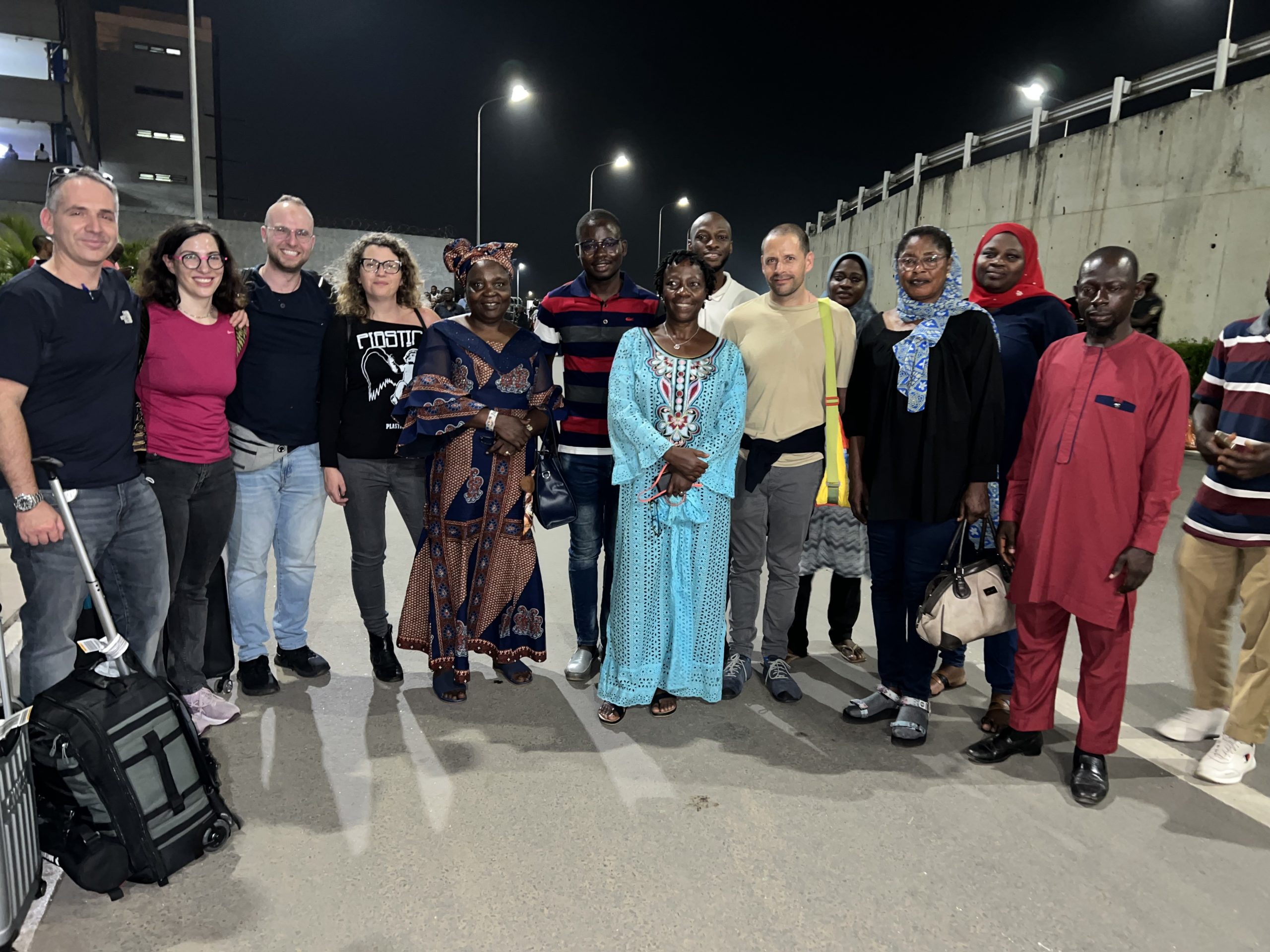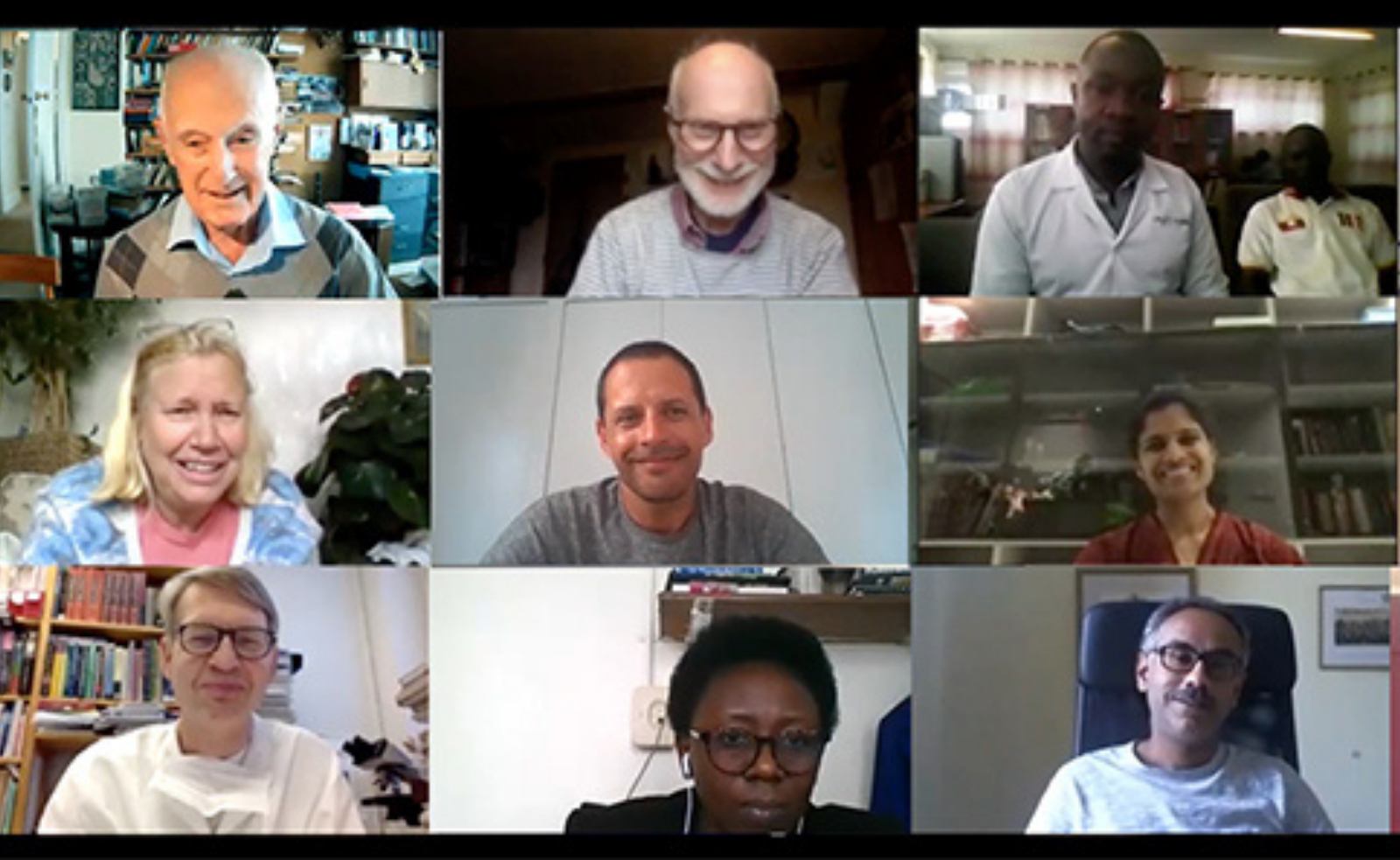The Retinoblastoma Network

The Challenge
Retinoblastoma (Rb) is the most common and most devastating eye cancer that affects children worldwide. There are 8,000 new cases every year and children in low income countries are 16 times more likely to die within three years of diagnosis of the condition than those in high income countries, where almost all children will survive.
The Solution
The Rb Network (Rb-NET) was established in 2017 with the aim of improving retinoblastoma outcomes in low and middle-income countries (LMICs), enabling more children to survive and see. It is formed of 10 Rb treatment centres in six Sub-Saharan African countries (Tanzania, Uganda, Malawi, Kenya, Nigeria and Zimbabwe), who are linked with experts from specialist Rb centres in the UK, India, Israel, Europe and the USA.
The network trains multi-disciplinary teams who work together to develop and deliver integrated Rb care. The Rb-NET focus areas are:
- Planning and developing Rb services
- Early detection in the community and urgent referral to treatment centres – establishing national referral pathways
- Training on treatment, including laser and chemotherapy
- Coordinating and conducting multicentre epidemiological and operational research
MDT Meetings
The Rb-NET hosts virtual, periodic national retinoblastoma MDT meetings (tumour boards), in which the evaluation and management of children diagnosed with retinoblastoma are discussed.
- For more information on the MDT meetings and how to join, please visit the dedicated Rb-NET site:
Research & Achievements
The Rb-NET has allowed the creation of the Global Retinoblastoma Study Group, a collaborative group of 278 centres in 153 countries, a scale that is unprecedented in medical research.
Studies including data from this group include half of all children with Rb worldwide, and have produced several key findings:
- Children in low-income countries with the disease are 16 times more likely to die from it compared to those in high-income countries within 3 years of diagnosis
- Nearly 50% of children in low- and middle-income countries present to doctors with a tumour that has spread outside of the front of the eye, compared to less than 2% in high-income countries
- There is no association between theorised causes of Rb including smoking, breastfeeding, maternal age and birth order
- The time between seeing first symptoms at home and visiting the doctor increases by distance from home to treatment, amount of visits needed, age at diagnosis and lower national income level
Two key studies have been carried out by the group:
Resource manual for management of retinoblastoma
This manual was developed by members of the Rb-NET and gives information on how to manage retinoblastoma in low and middle-resource settings, including a template for national retinoblastoma services. Download here

International Society of Ocular Oncology Africa Blog
Documenting the first ISOO in Africa

Case Study – Nigeria / Israel Chemotherapy
Read a blog on how an intra-arterial chemotherapy service was set up in Nigeria

Case Study – Kenyatta Hospital
Read how the Rb-NET helped the Kenyatta National Hospital, Kenya to improve care for children with retinoblastoma

Rb-NET MDT meetings
Visit the dedicated webpage to join virtual, periodic national retinoblastoma MDT meetings (tumour boards).
